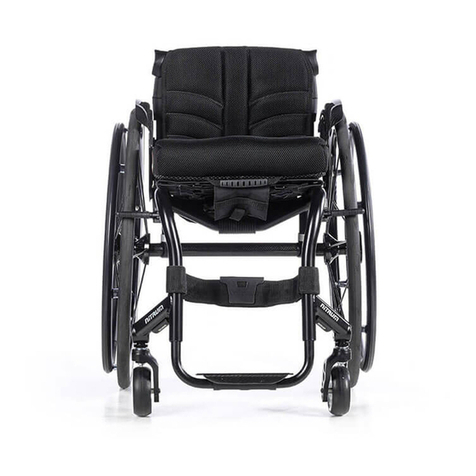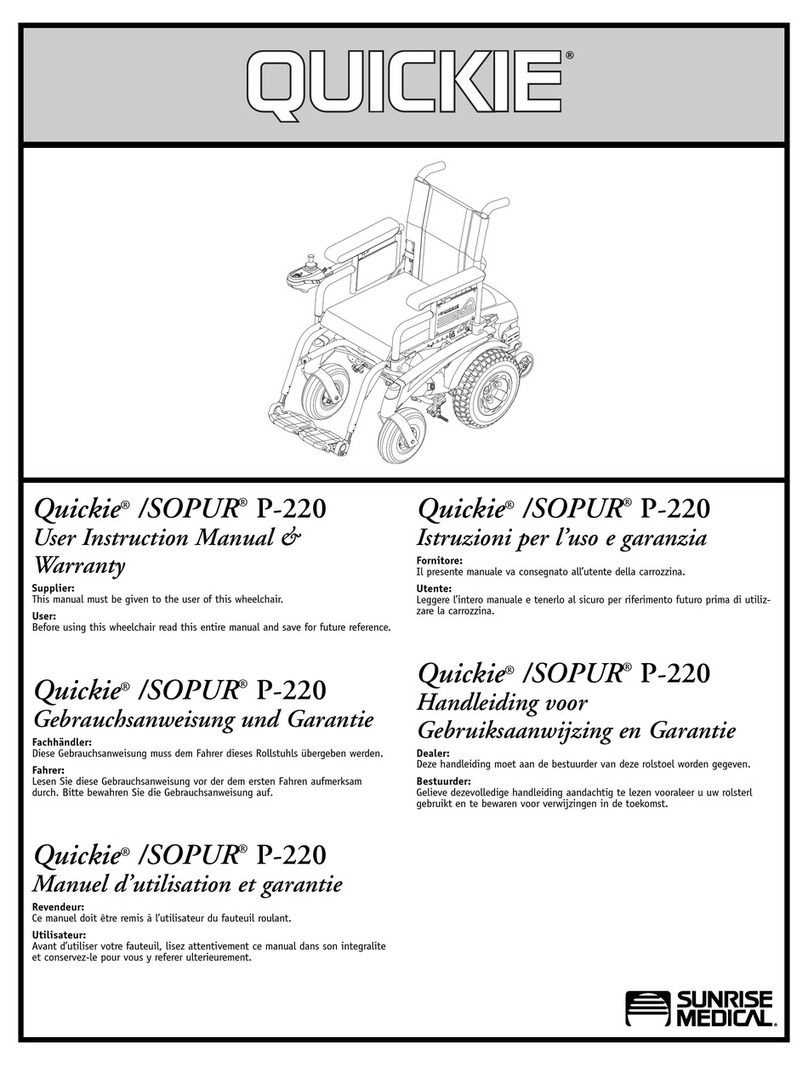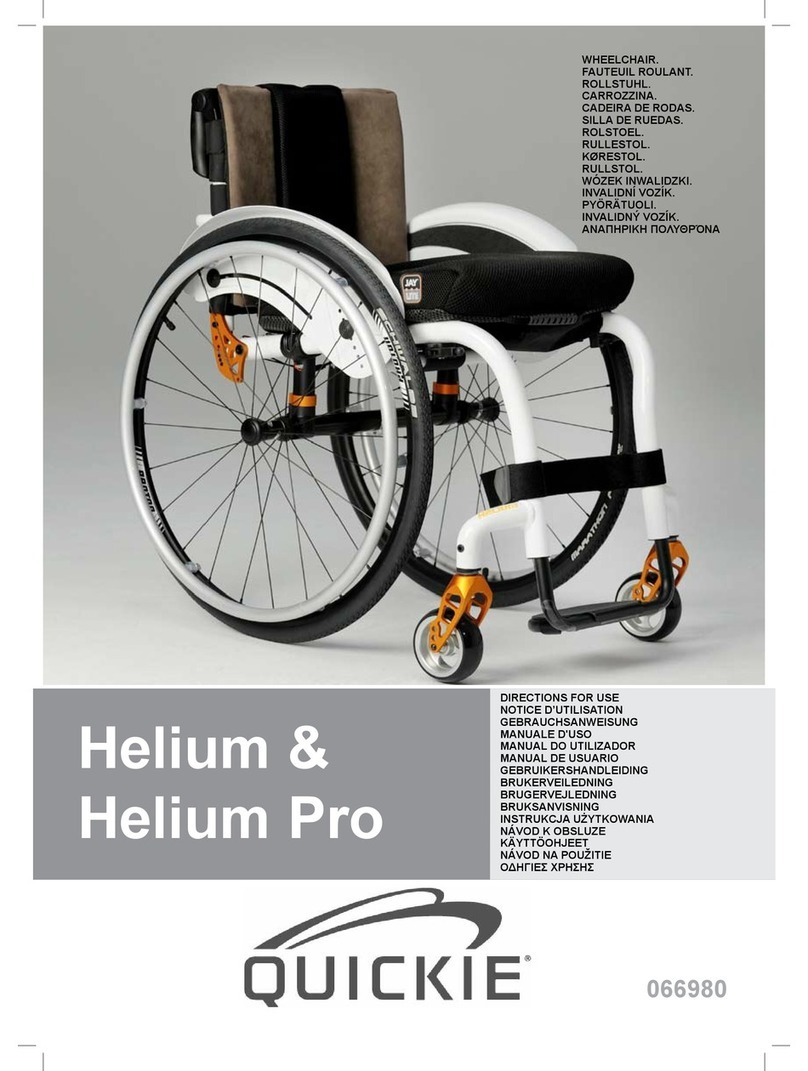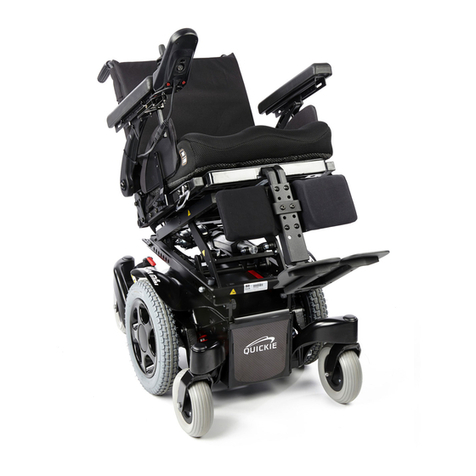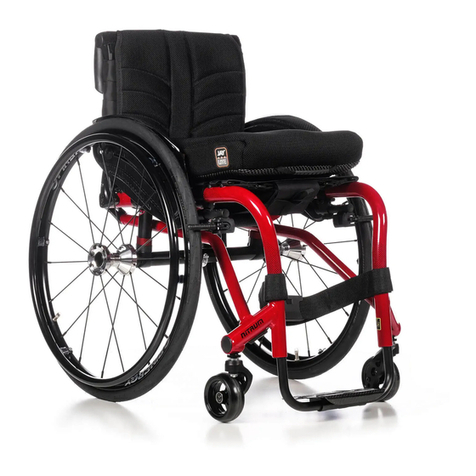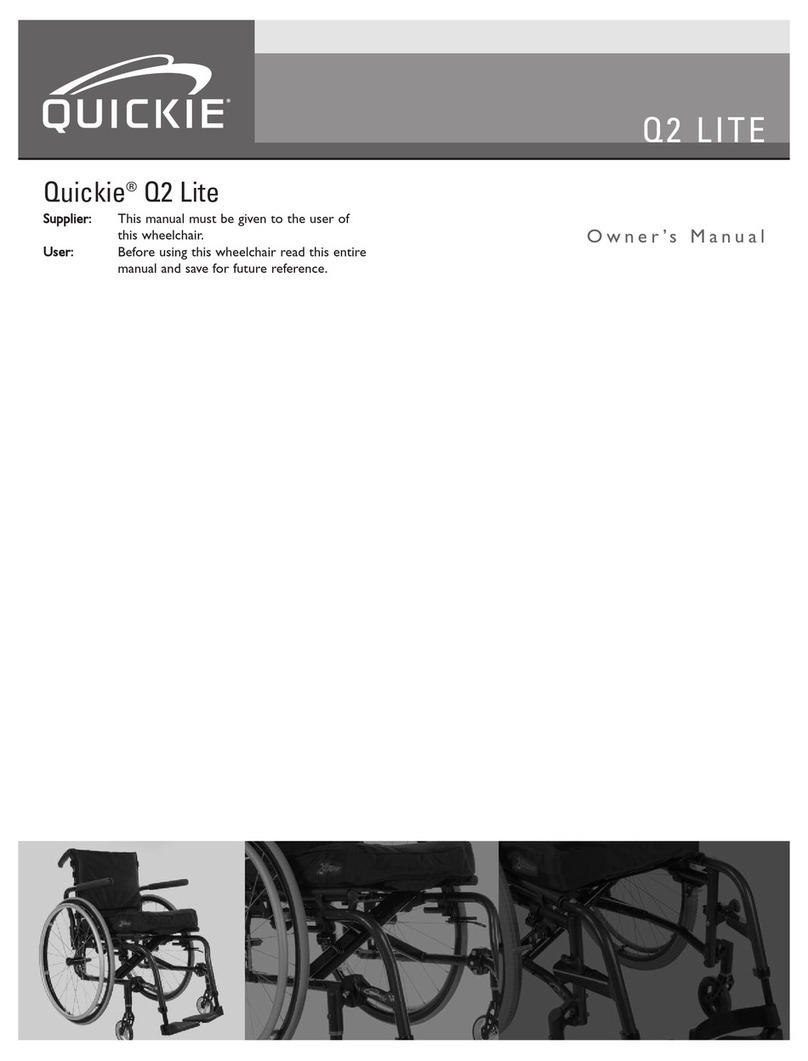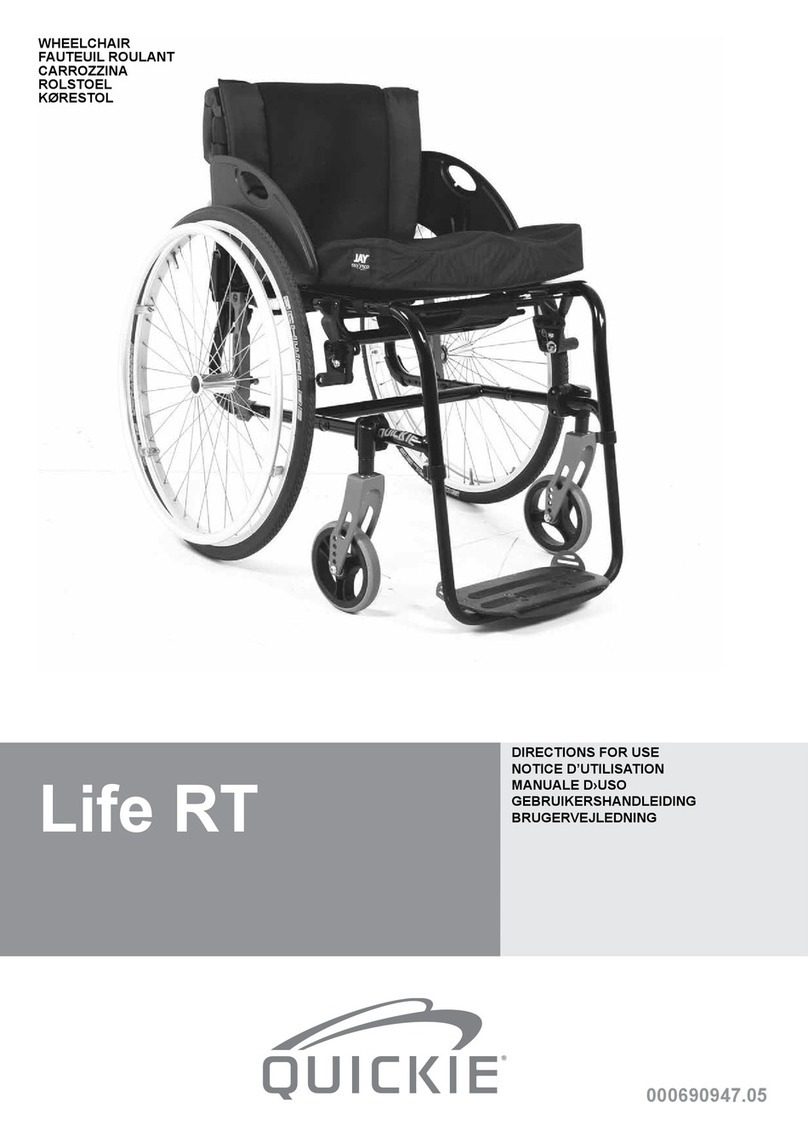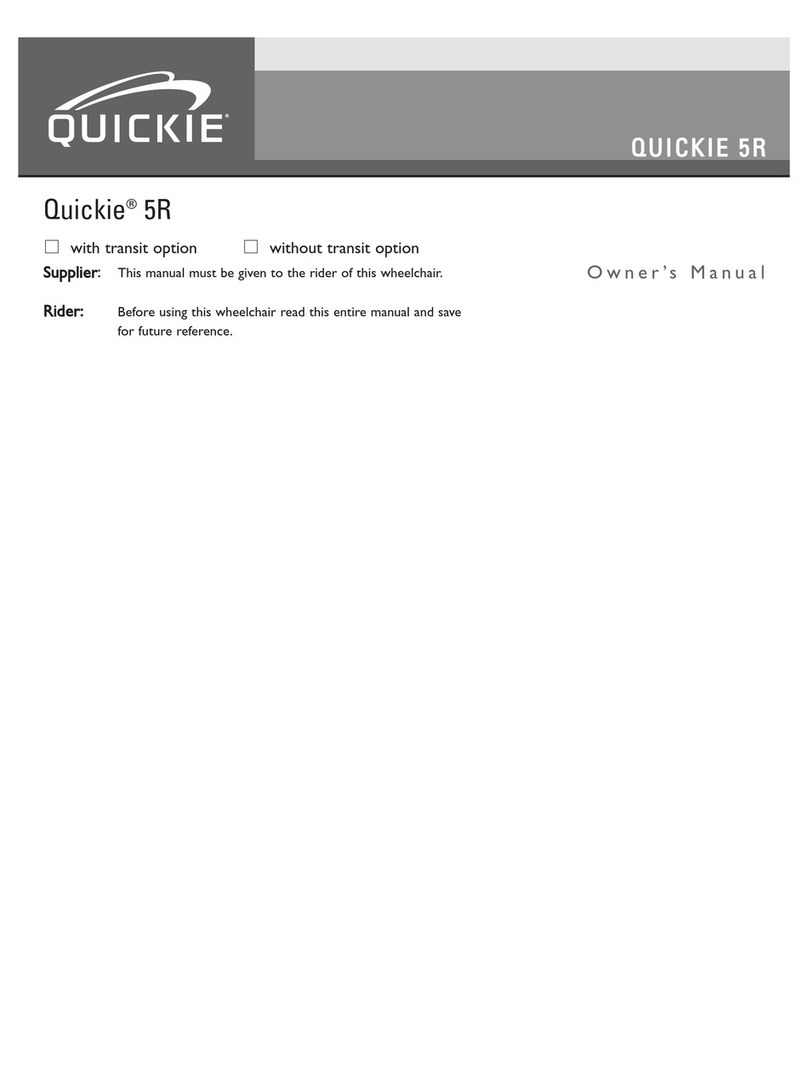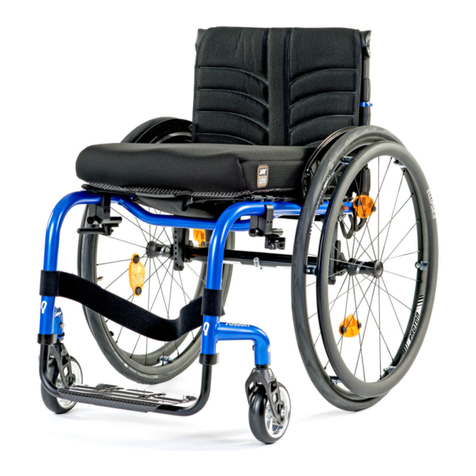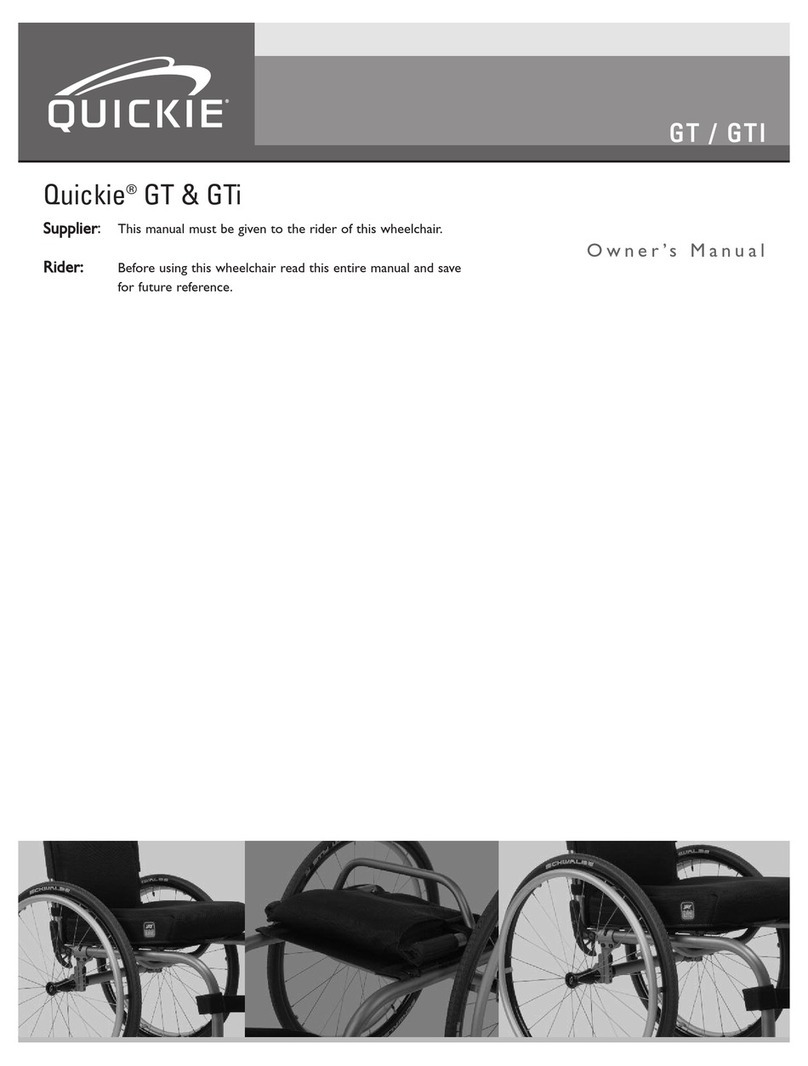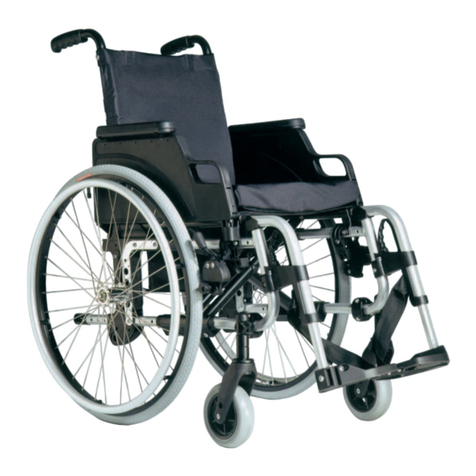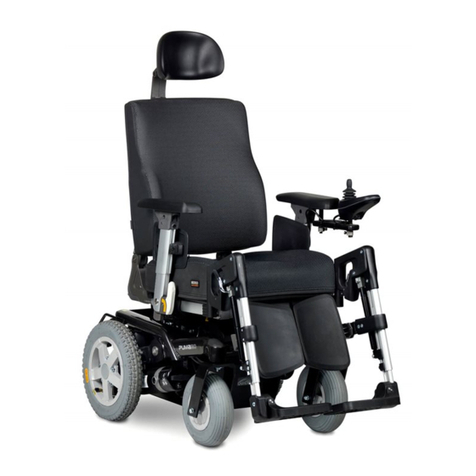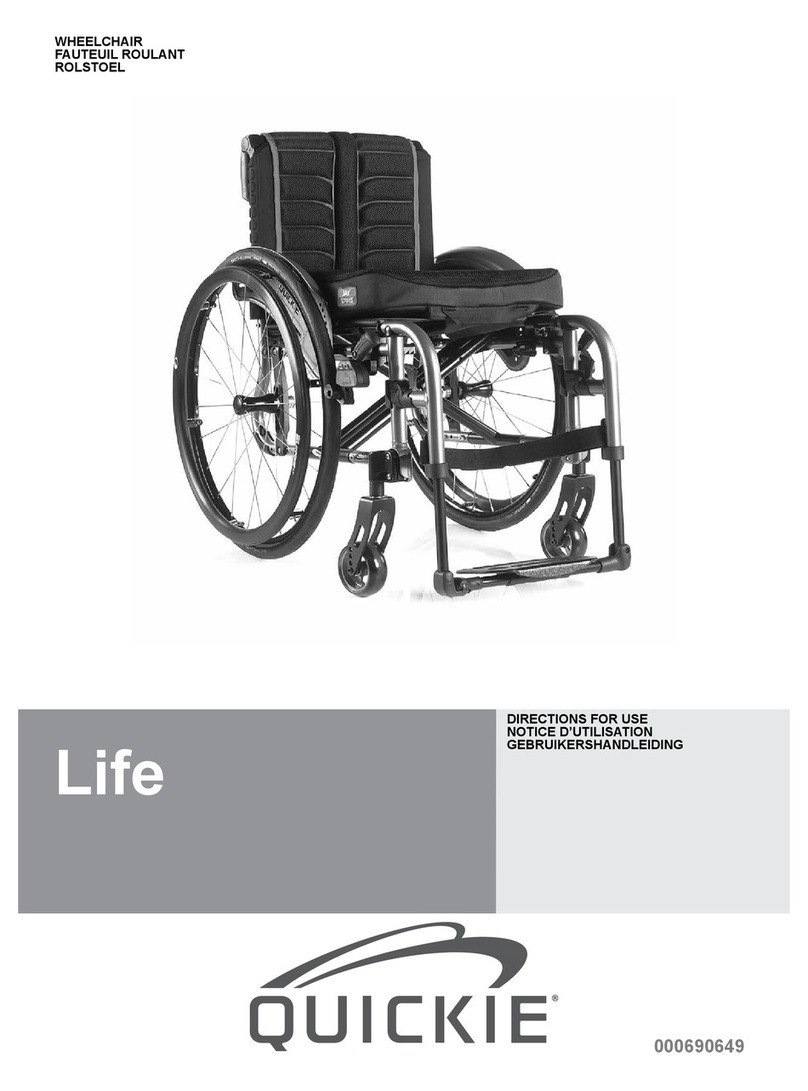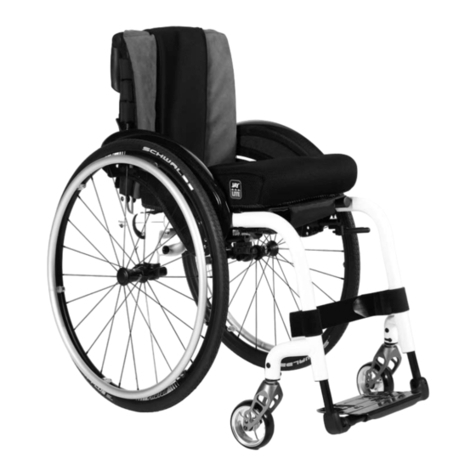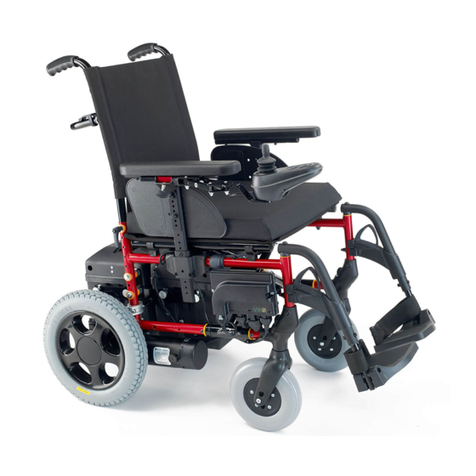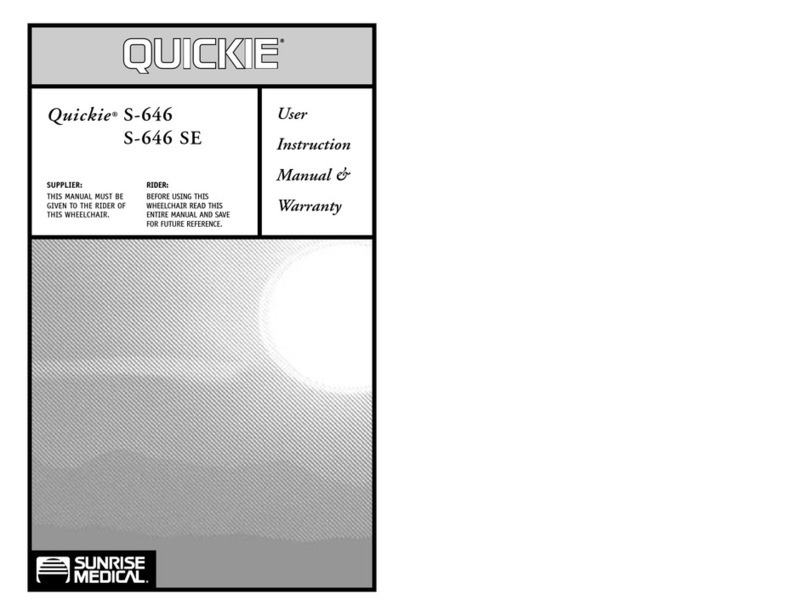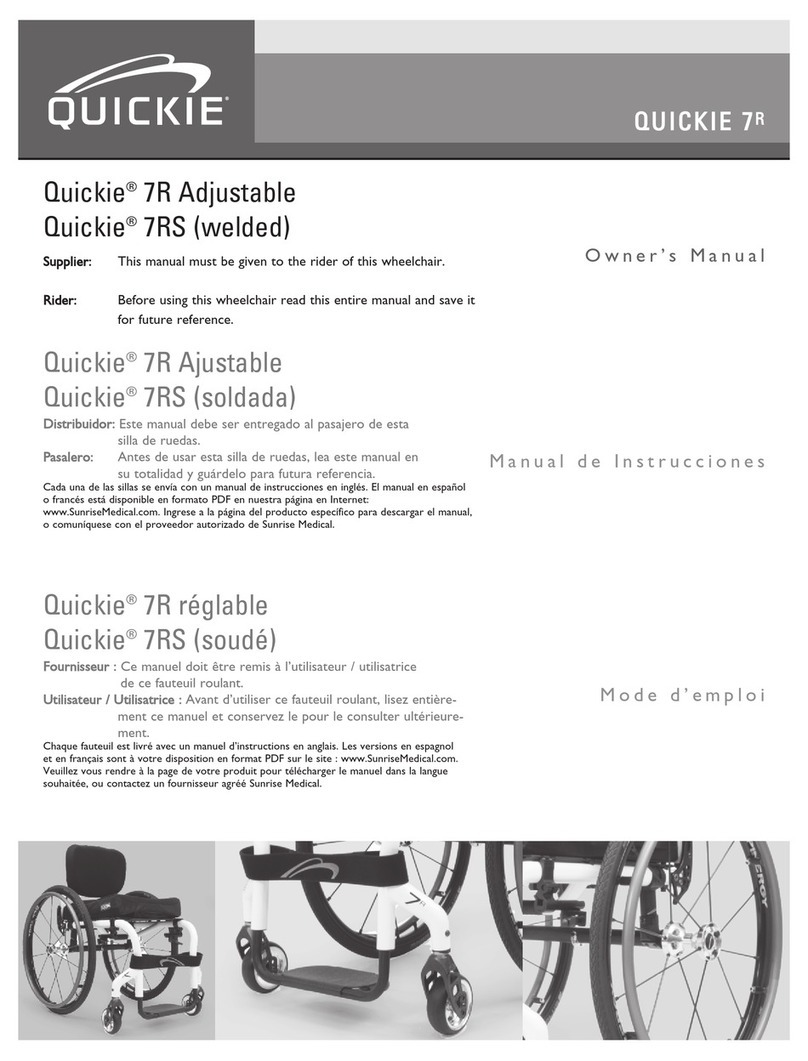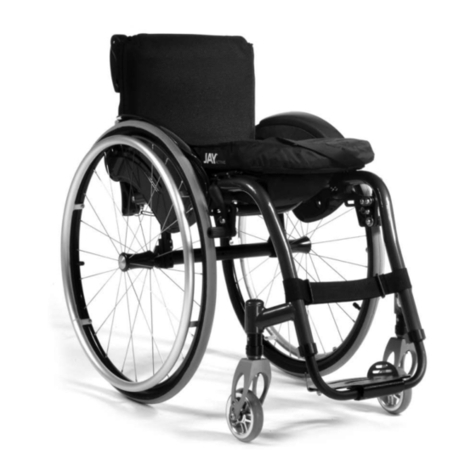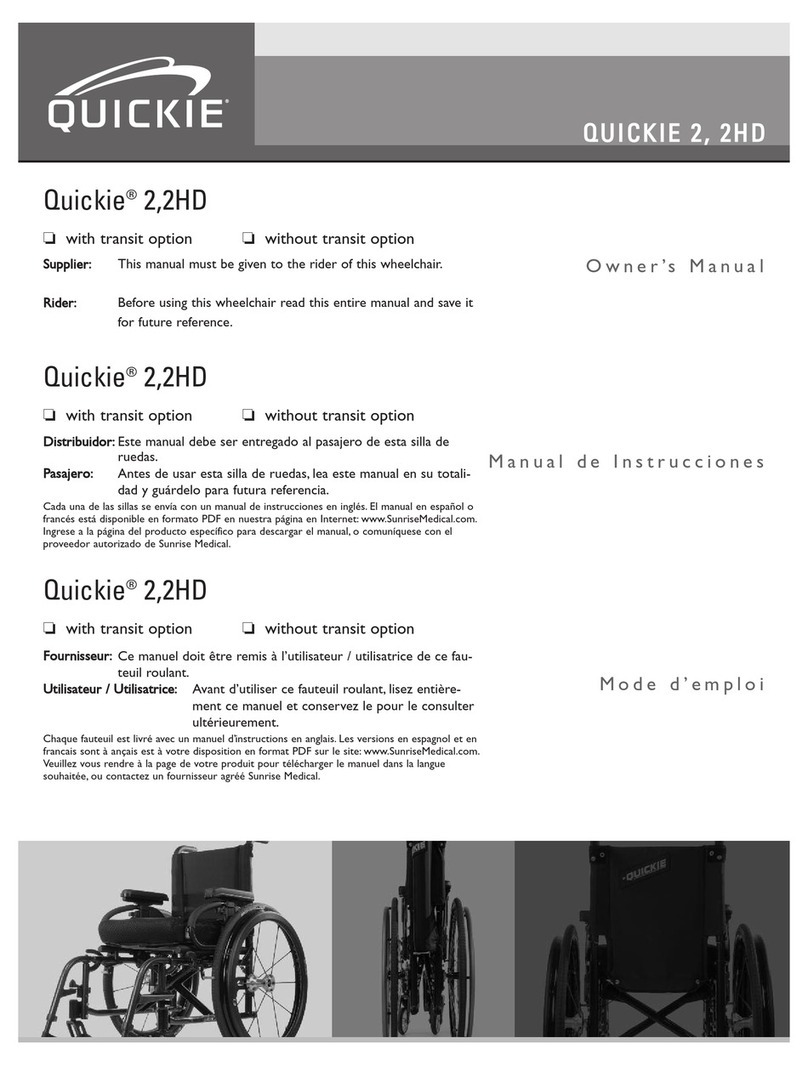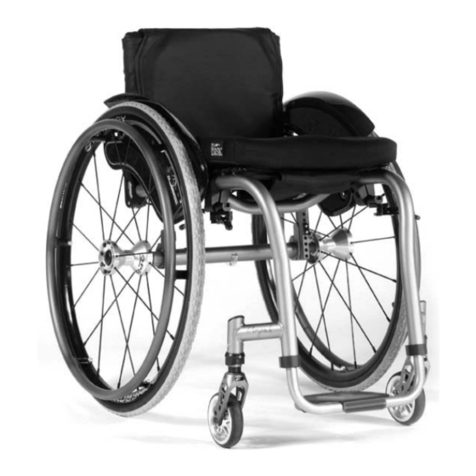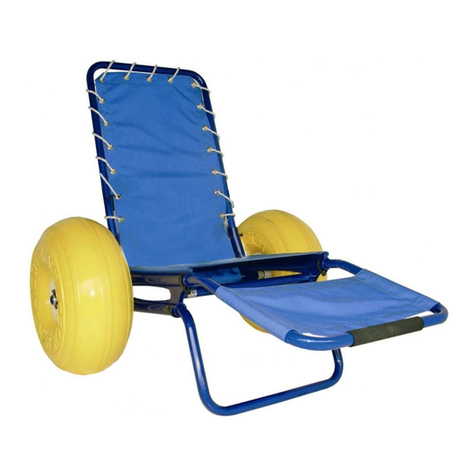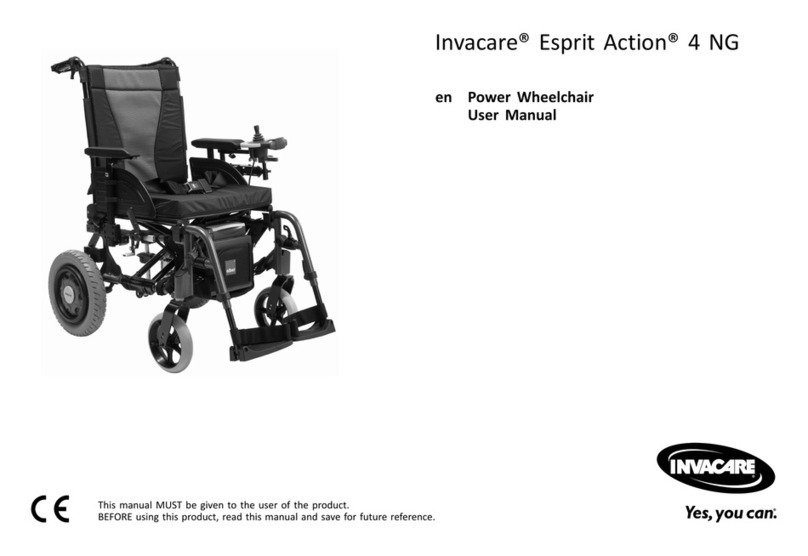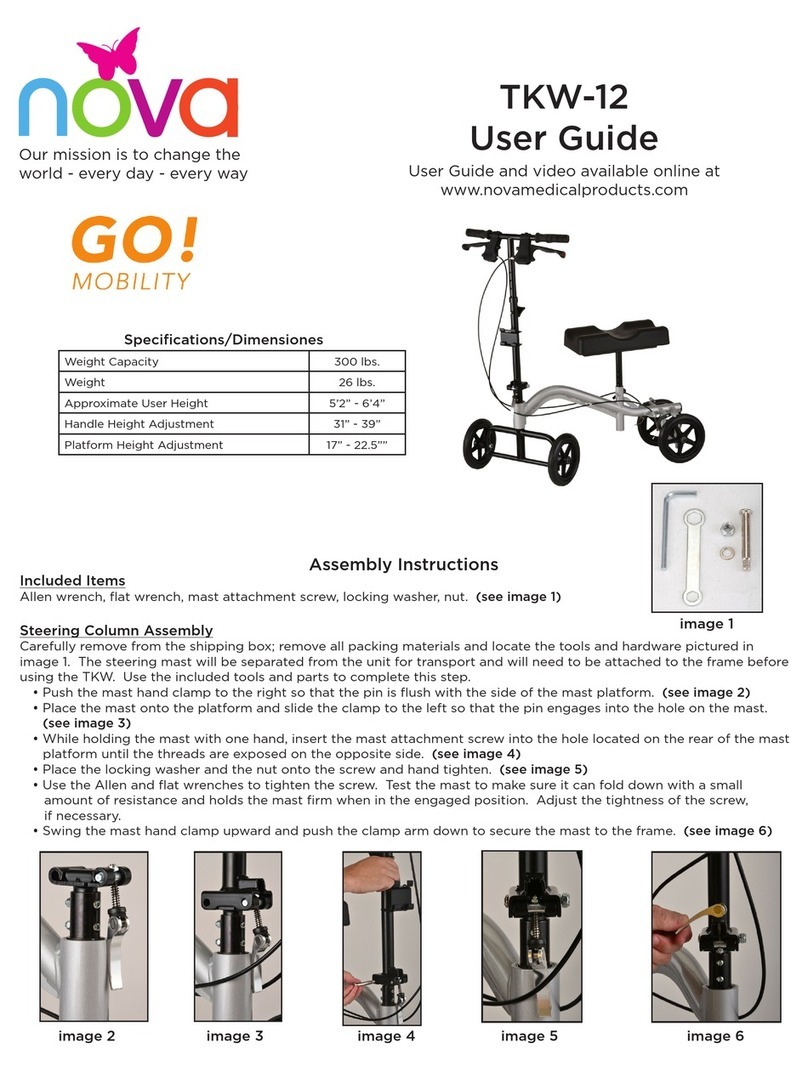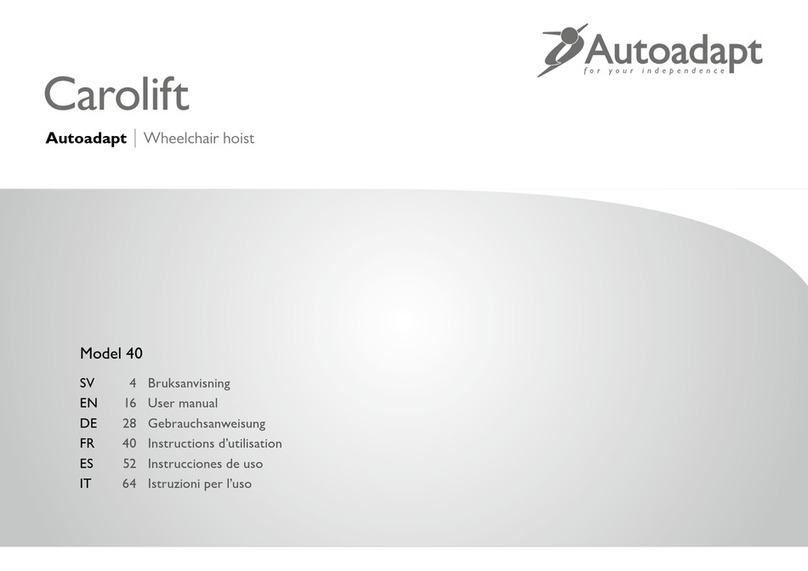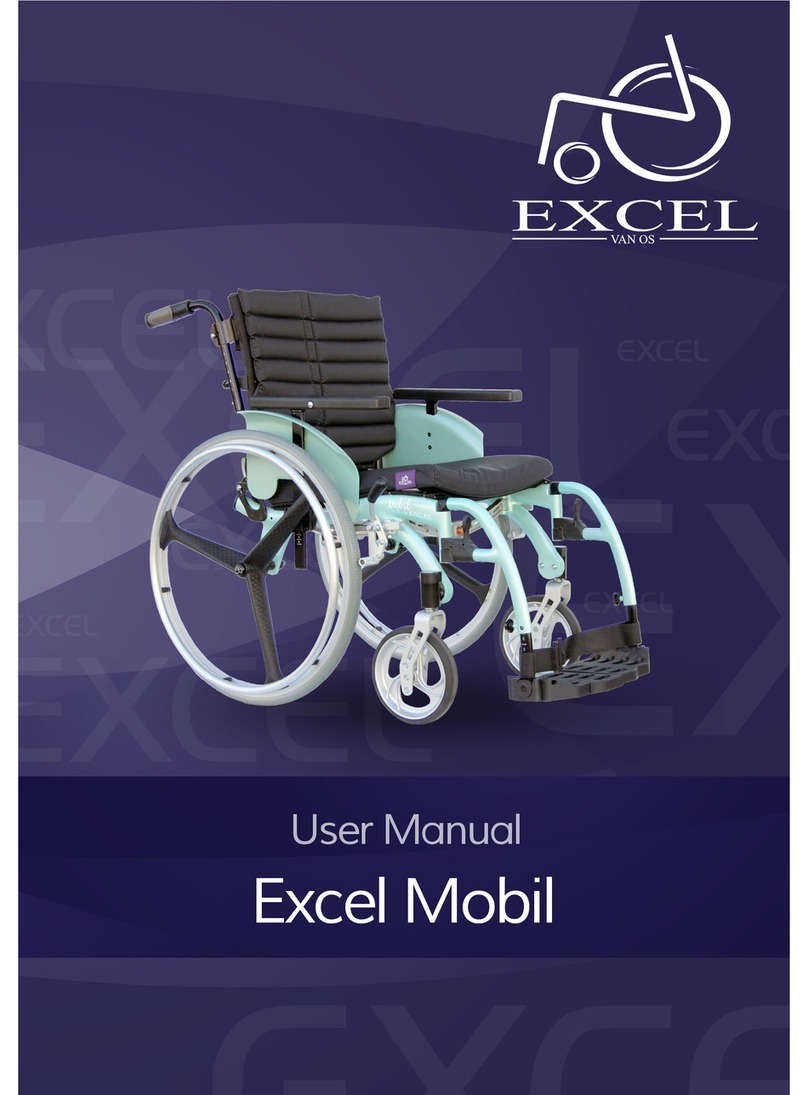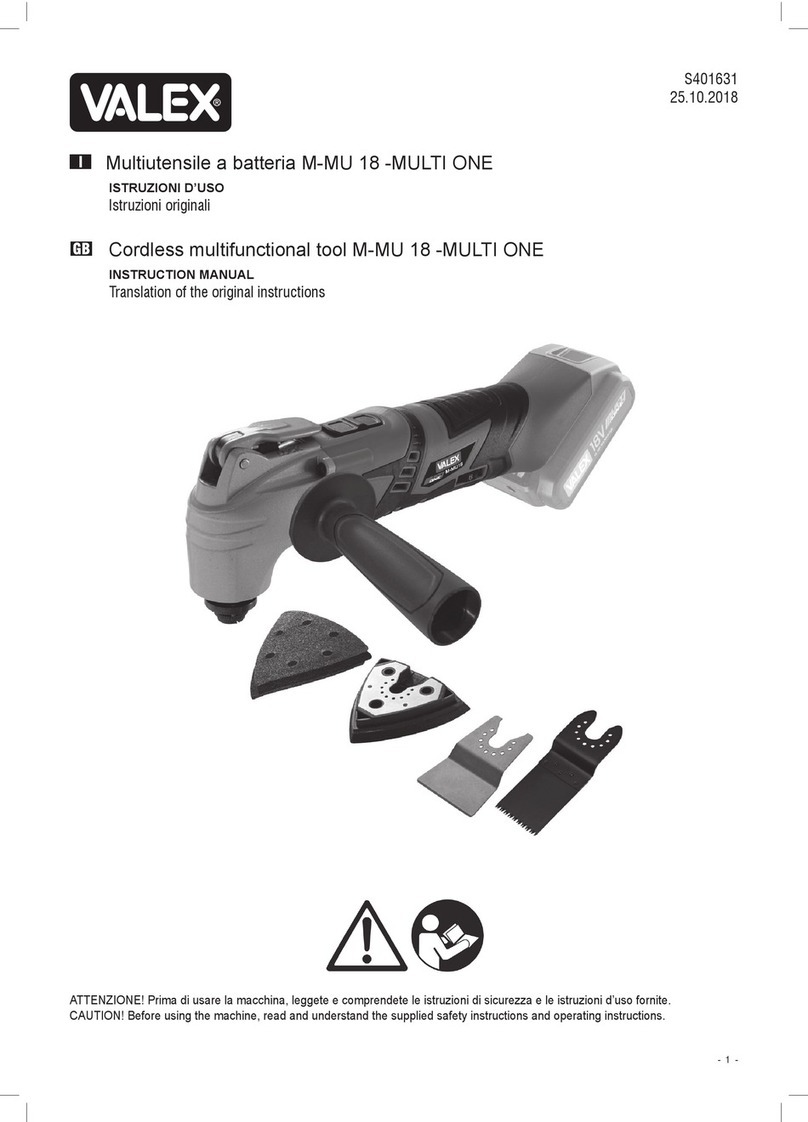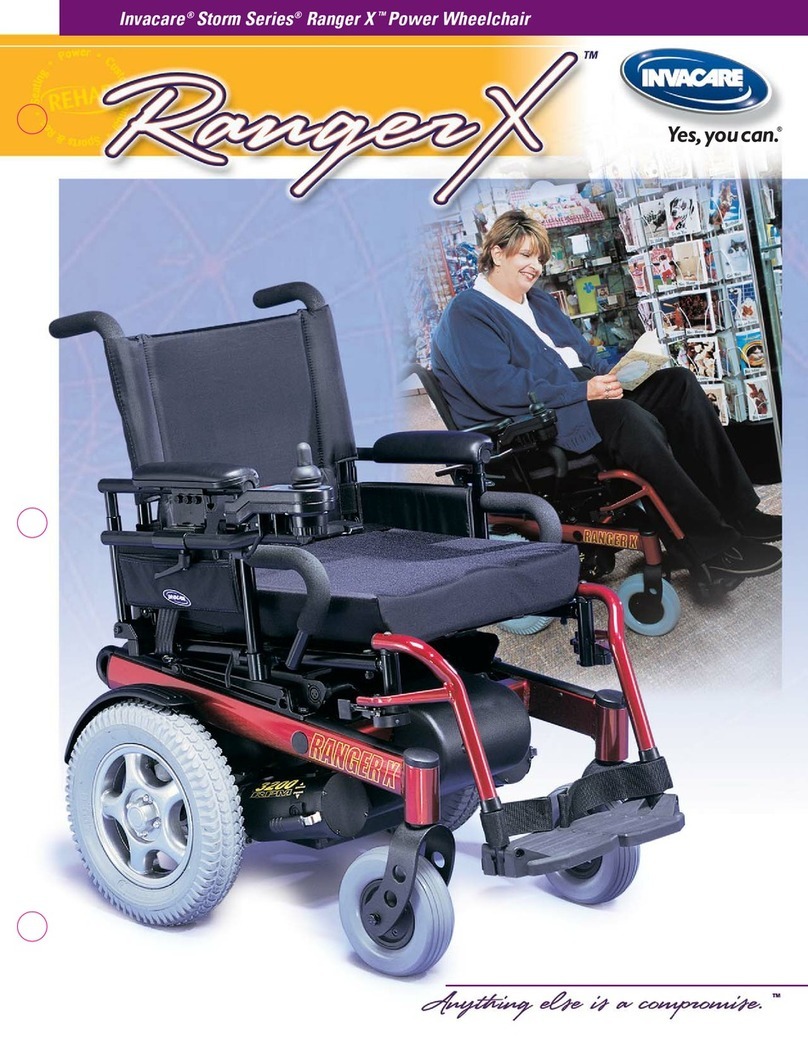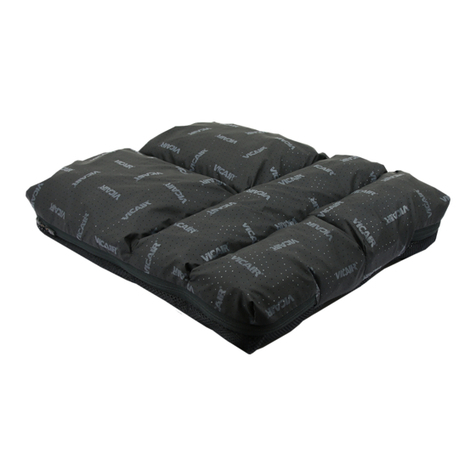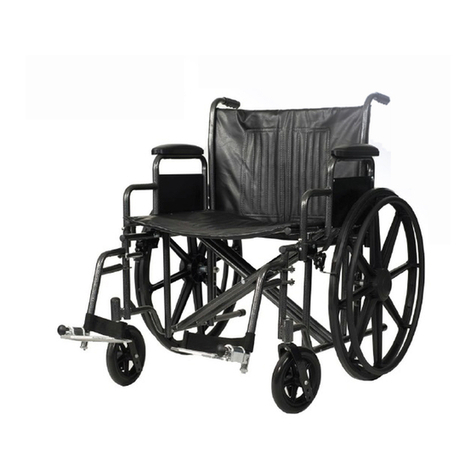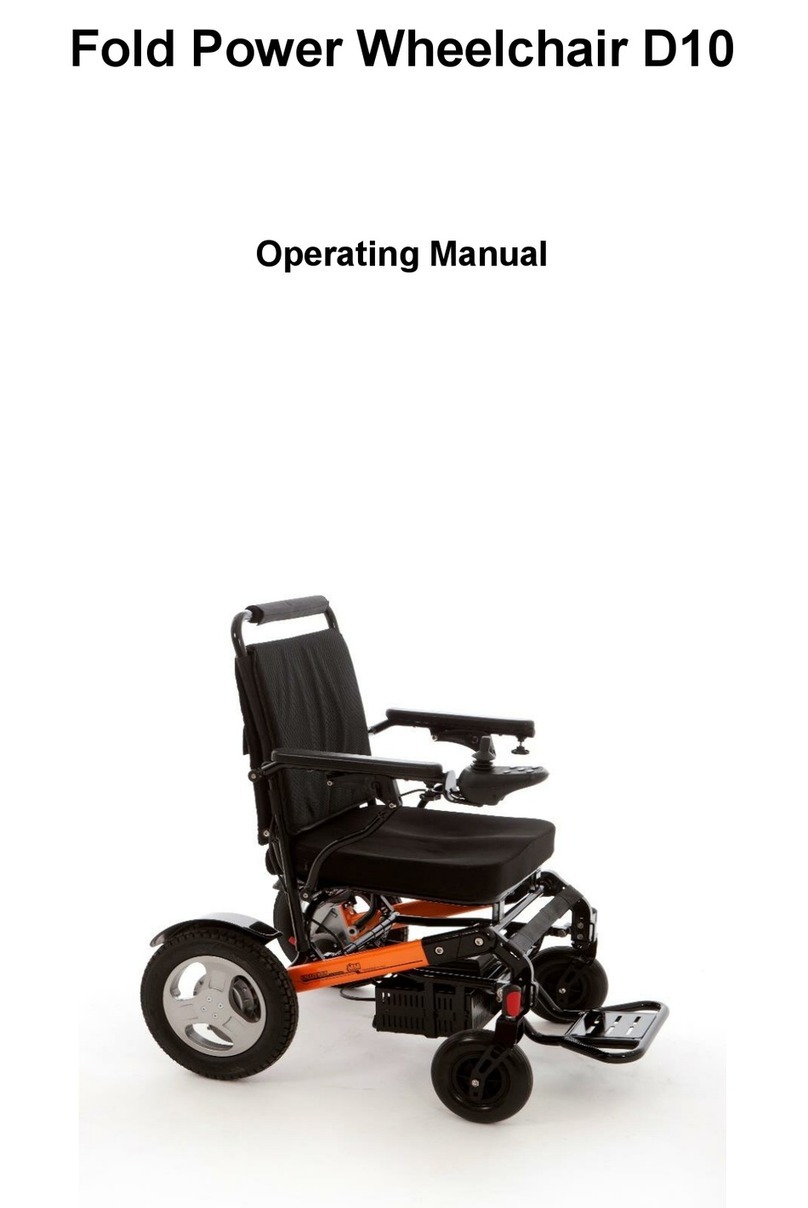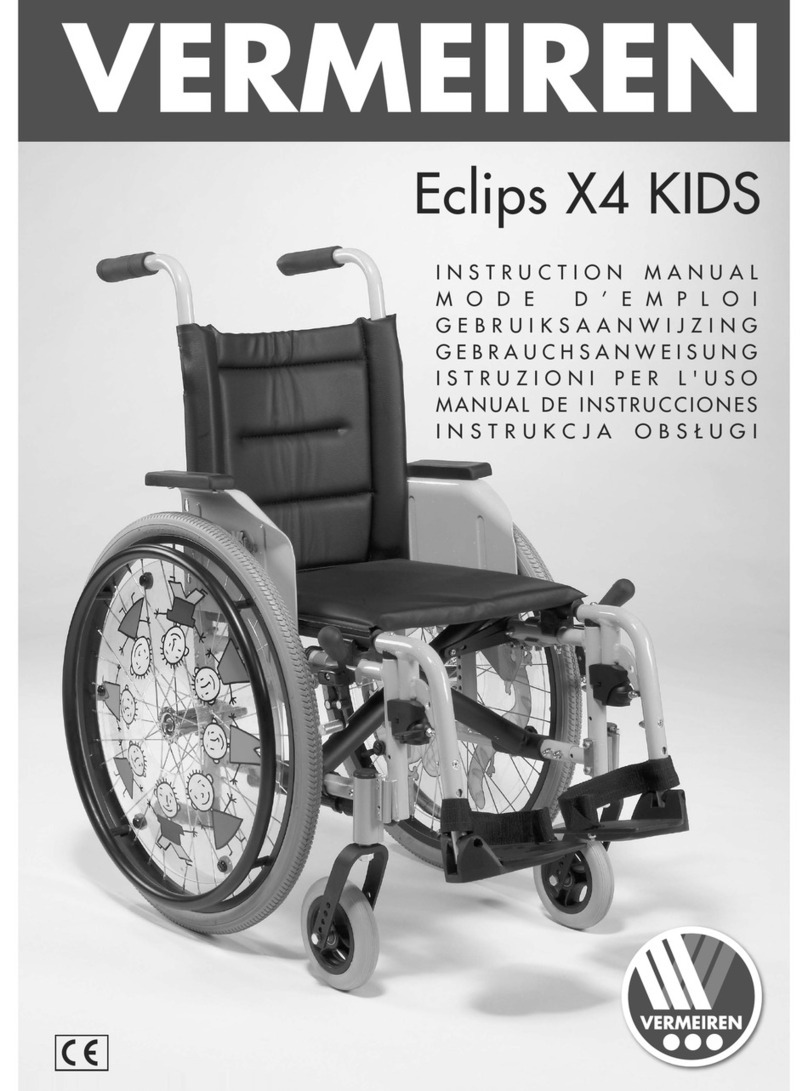
3Rev. B English Q50 R Carbon
Dealer signature and stamp
Contents
1.0 User informaon .................................................. ..... 4
1.1 This user manual ............................................................. .......4
1.2 For further informaon................................................... .......4
1.3 Packaging......................................................................... .......4
1.4 Symbols used in this manual........................................... .......5
2.0 Safety ................................................................... ..... 6
2.1 Symbols and labels used on the product........................ .......6
2.2 Safety: Temperature........................................................ .......6
2.3 Safety: Moving parts, (Fig.2.6)........................................ .......7
2.4 Safety: Electromagnec radiaon................................... .......7
2.5 Electromagnec interference (EMI) ............................... .......8
2.6 Safety: Choking hazard.................................................... .....10
2.7 Safety: Using a (vehicle mounted) wheelchair li.......... .....10
2.8 Safety: Liing the wheelchair ......................................... .....10
3.0 Intended use of the wheelchair............................. ... 11
3.1 Area of applicaon: The user.......................................... .....11
3.2 Area of applicaon: The user environment.................... .....12
4.0 Seng up the wheelchair ..................................... ... 13
4.1 Assembling ...................................................................... .....13
4.2 Adjusng.......................................................................... .....14
4.3 Operang......................................................................... .....14
4.4 Folding............................................................................. .....15
4.5 Control system programme ............................................ .....15
4.6 Lap strap / seang posioning belt ................................ .....16
5.0 Using the wheelchair ............................................ ... 17
5.1 Checking wheelchair before use..................................... .....17
5.2 Joysck ............................................................................ .....18
5.3 Making a transfer ............................................................ .....18
5.4 Driving the wheelchair.................................................... .....19
5.5 Curves.............................................................................. .....19
5.6 Braking & Emergency stop.............................................. .....19
5.7 Driving on a slope............................................................ .....20
5.8 Obstacles & kerbs:........................................................... .....21
5.9 Pushing the wheelchair................................................... .....22
6.0 Baeries, charging and range................................ ... 23
6.1 Usage of Baery.............................................................. .....23
6.2 Usage of Charger............................................................. .....23
6.3 Charging baeries: ......................................................... .....24
6.4 The range of your vehicle:............................................... .....25
6.5 Baery warranty: ............................................................ .....26
6.6 Replacing baeries.......................................................... .....26
6.7 Air Transportaon of the wheelchair.............................. .....26
6.8 Disconnecng baeries for air transport. ...................... .....27
6.9 Transportaon in vehicles:.............................................. .....27
6.10 Special transport requirements.................................... .....28
6.11 General transport warnings.......................................... .....28
7.0 Fault analysis and troubleshoong........................ ... 29
8.0 Maintenance & cleaning ....................................... ... 30
8.1 Maintenance ................................................................... .....30
8.2 Tyre maintenance and pressures.................................... .....31
8.2.1 Tyre wear ................................................................. .....31
8.2.2 Drive wheel repair ................................................... .....32
8.3 Wheels & tyres maintenance.......................................... .....33
8.4 Cleaning and disinfecon................................................ .....34
8.5 Medium to long term storage: ....................................... .....34
9.0 Disposal................................................................ ... 35
10.0 Trouble shoong................................................. ... 36
11.0 Technical specicaons: Applicable norms / standards 36
12.0 Warranty ............................................................ ... 38
13.0 Nameplate.......................................................... ... 39
If you have any queries about the use, maintenance
or safety of your wheelchair, please contact your local
approved Sunrise Medical service agent. If you do not
know of an approved dealer in your area or have any other
quesons please write or telephone:
Sunrise Medical Canada Inc.
237 Romina Drive, Unit 3
Concord , Ontario L4K 4V3
Canada
Phone: 1-800-263-3390
Fax: 1-800-561-5834
www.SunriseMedical.ca
